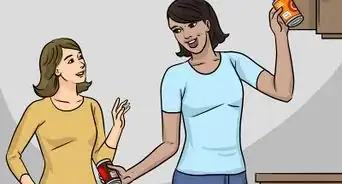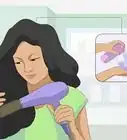This article was co-authored by Jenny Tran. Jenny Tran is a Hair Stylist and the Founder of JT Hair Lab by Jenny Tran based in the Dallas, Texas metro area. With over seven years of professional hair styling experience, Jenny specializes in hair coloring, haircutting, and hair extensions. JT Hair Lab is an authorized carrier of R+Co and of Milbon and is committed to using products with quality ingredients.
This article has been viewed 277,323 times.
Everyone knows that a bad hair day can have serious implications for your mood and outlook on life. But what if your bad hair day is every day? If you find yourself in a position where you really dislike your hair, it's probably time for a change. And if you're not ready for a change, there are small steps you can take to find yourself with locks that you absolutely love.
Steps
Getting a New Hairstyle
-
1Determine your facial shape. Different types of hairstyles suit different types of people depending on their facial shape. To find your facial shape, choose the following option that applies most closely to you:
- Square/Round/Oval Shaped Face – The width of your forehead, cheekbones and jaw are the same.
- Diamond Shaped Face – Your cheekbones are the widest part of your facial shape.
- Pear Shaped Face – Your jaw is the widest part of your face.
- Heart Shaped Face – Your forehead is the widest portion of your face and inverts inwards towards your chin.
-
2Identify a style that suits you. Once you know your facial shape, try looking through magazines to find hairstyles that flatter that shape. There are also many sites online that allow you to test out hairstyles using current pictures of your face, so you can preview how the cut or color will look in real life. Finally, you can try identifying a celebrity who has a similar facial shape to you and checking out haircuts that have looked good on them.Advertisement
-
3Pick a style that works with your hair's texture. Hair comes in many different textures: fine, medium, and coarse. It also comes in many different densities: sparse, medium and high. Your hair's texture and density will determine how the haircut falls on you, so make sure you consult with your stylist before committing to a cut.[1]
-
4Hire a stylist you can trust. Having a good stylist is the most important variable in securing a good hairstyle. If your stylist is inexperienced or unwilling to execute on your vision, you will likely leave the salon disappointed. In order to find a quality stylist, seek out referrals from friends or look online at Yelp reviews.
-
5Communicate your vision. Once you've determined the kind of cut or color you want, it's important that you convey that information to your stylist so they can execute on your vision. Be clear with your stylist regarding the style you want, how much hair you're comfortable losing and what shade you're looking to achieve if you're coloring your hair.
- If possible, make a Pinterest board or have a picture on hand to better demonstrate the look you're going for.
-
6Develop a rapport with your stylist. If you find a stylist who works well with your hair, use them as frequently as possible. The more they work with your hair, the better they will understand it and the more they will be able to give you haircuts that will keep you coming back for more.
Learning to Do it Yourself
-
1Invest in quality products. Oftentimes, bad hair can be solved using good products. Slight damage can be cured using hair quality hair serums and products, found either in drug stores, online or through the salon of your choice.
- When investing in quality hair products, it's important to use products designed to fix the problems you're actually having. Using a shampoo that guarantees more volume does nothing if the problem you're suffering from is dry or damaged hair.[2]
-
2Style your own hair. Nobody ever need know that you're having a bad hair day if you learn how to fix your own hair. There are endless possibilities for potential hairstyles, and you can learn most of them simply by watching an online tutorial. Some popular styles you can try include:
- Braids.
- Buns or topknots.
- Experimenting with moving your hair part.
- Straightening or curling your hair.
-
3Distract with hair accessories. There are numerous accessories on the market, designed to hide a bad hair day. From clip-ins and extensions to headbands and headscarves, if you need to disguise your hair, there's a way for you to do that.
-
4Cover up with a hat. Hats are the easiest way to hide your bad hairdo. Hats come in a variety of seasonal styles and are a very inexpensive solution. If you don't have the time or energy to actually fix your bed-head, a hat is the simplest way to go.
- Some schools and places of work do not allow hats to be worn indoors. Make sure you know what the protocol for wearing a hat indoors is before planning to wear one for the day.
Identifying The Problem
-
1Speak up. If you recently got a bad haircut or color and you're still at the salon, communicate the issue. Chances are, they can fix it on the spot, and if not, they can schedule a time to have you come back. If it's a color problem, most salons will allow you a week to come back and correct the issue, free of charge. Hairstylists want you to leave their salon happy; it increases the chances that you'll become a permanent client for them.[3]
-
2Determine whether or not your hair is healthy. If you go too long between haircuts, hair becomes unmanageable and damaged and it may be time for a change.[4] Some common signs of unhealthy hair are:
- Dry frizz
- Limp/dull hair that always looks flat
- Greasy hair
- Hair that feels too thick or too thin
- Split ends
- Extreme breakage or shedding
-
3Check to see if you're bored. Sometimes, dissatisfaction with personal appearance stems from boredom in other areas of a person's life. If you are frustrated with your hair, check in with yourself to make sure you're actually unhappy with your hair and not something more insidious.
-
4Love yourself. Be aware that your hair only makes up one small fraction of who you are as a person. There will always be something about your hair that you may not love, but as long as you love and value yourself, it doesn't matter.
Warnings
- Do not make a significant hair change following a major life event (like a break up or new job.) Give yourself time to mull over drastic hair changes, and don't rush into anything when you're in an emotional state.⧼thumbs_response⧽
- Washing your hair every day will strip hair of its natural oils, causing your hair to produce extra oils, making it greasier. If you have naturally greasy hair, try using a dry shampoo, or washing your hair in cold water. If that still proves ineffective, you may be using the wrong products for your hair type.⧼thumbs_response⧽
- Do not try to cut your hair yourself, unless you have been trained to do so.⧼thumbs_response⧽
References
- ↑ http://www.thehairstyler.com/features/articles/hairstyles/choosing-the-right-hairstyle-for-your-hair-type
- ↑ https://intothegloss.com/2013/06/hair-products-what-why-and-how-to-use-for-styling-hair/
- ↑ http://www.instyle.com/news/salon-etiquette-what-do-if-you-dont-like-your-cut-or-color
- ↑ http://www.refinery29.com/how-to-fix-damaged-hair/
About This Article
Don’t panic if you hate your hair. You can easily change your style at home or with help from a professional. If you want your hair fixed professionally, look for stylists with good reviews. When you go for your appointment, be clear about what style you want and how much hair you want them to take off. If you don’t want to have your hair cut, style it at home into something like a braid, bun, or topknot. Alternatively, wear a hair accessory, like a clip-in extension, headband, headscarf, or a hat, to change your hairstyle without cutting it. If you still don’t like your hair, remember that it’s only a small part of your look and you can still have fun with different outfits and styles. For more tips, including how to improve your hair’s quality with products, read on!
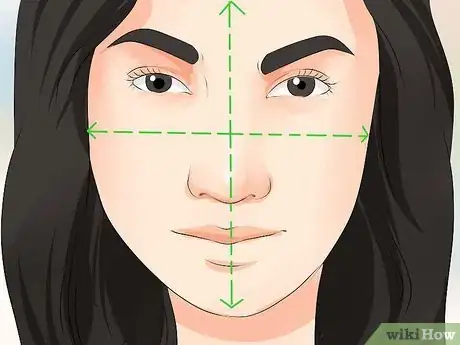

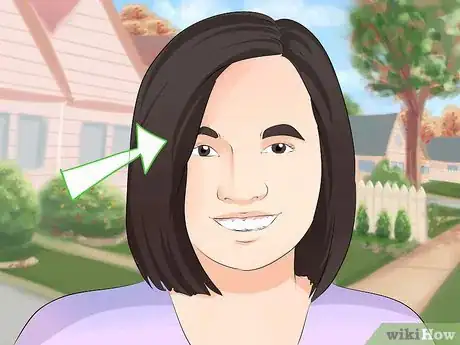
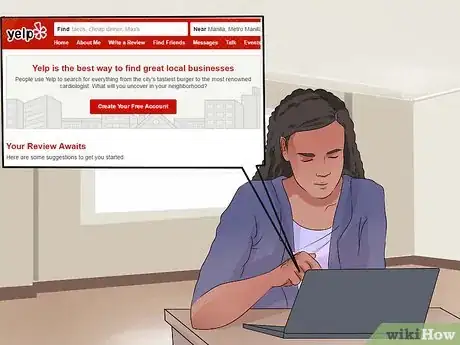

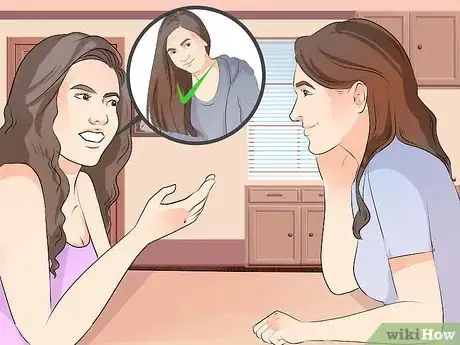
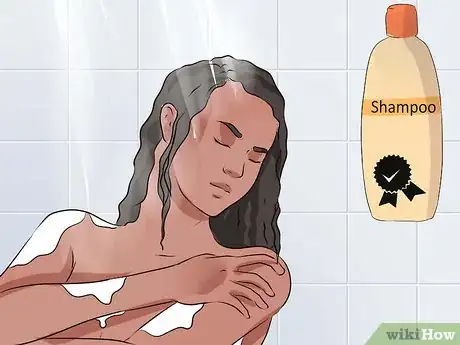
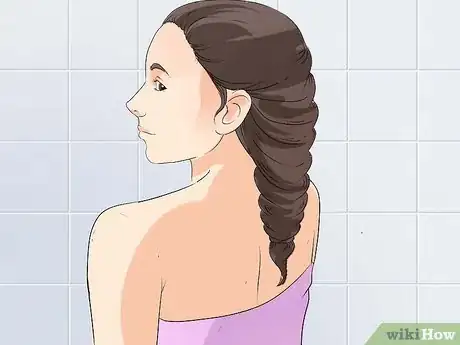


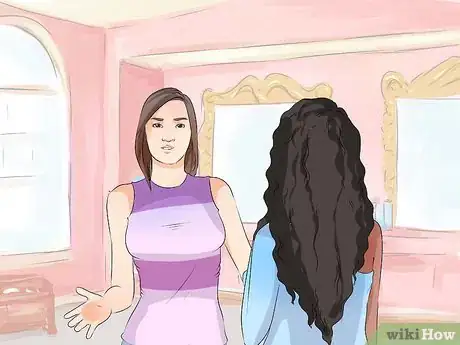

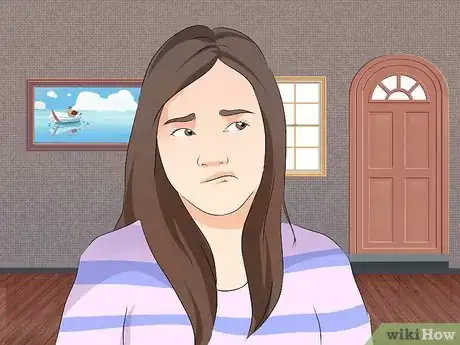

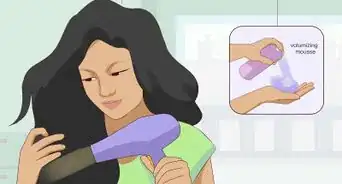


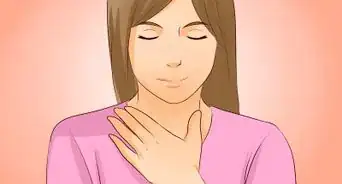
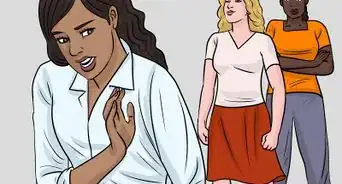
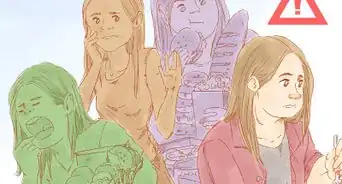
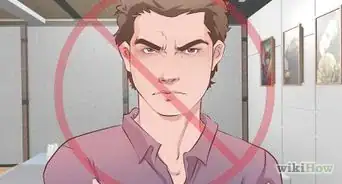


-Step-16-Version-2.webp)
